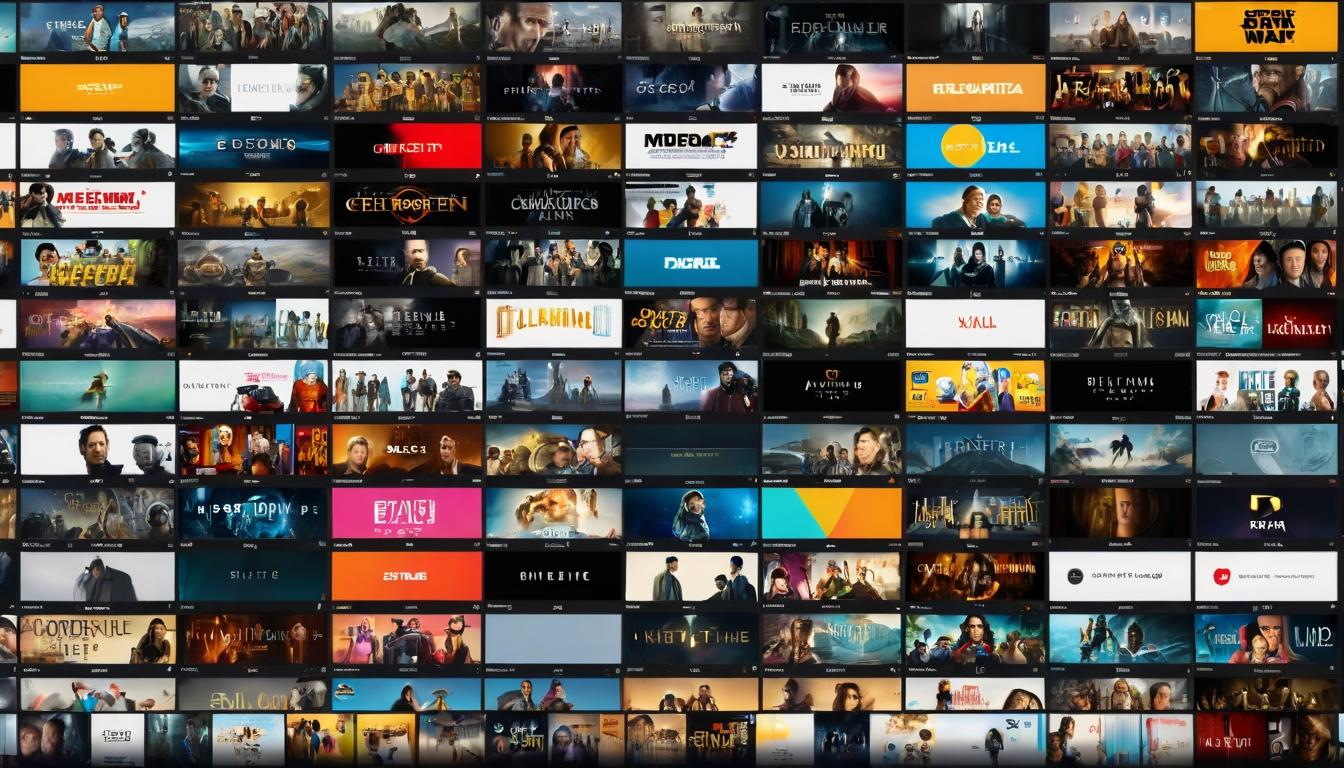The digital revolution promised cinema lovers an unprecedented golden age. With streaming services offering thousands of films at our fingertips, we should be living in paradise. Yet something feels increasingly hollow about our viewing experiences. The very algorithms designed to serve us exactly what we want might be systematically dismantling the serendipity and discovery that made falling in love with movies magical in the first place.
Walk into any video store in the 1990s, and you'd find yourself wandering aisles filled with unexpected treasures. That obscure foreign film peeking out from behind a blockbuster, the cult classic with the bizarre cover art that caught your eye—these chance encounters shaped cinematic tastes in ways no algorithm could predict. Today, our streaming interfaces feel more like carefully curated shopping malls than the messy, wonderful libraries they replaced.
Netflix's famous recommendation engine, while technologically impressive, creates what critics call the "content spiral"—where viewers are funneled deeper into similar genres, styles, and themes. The system learns your preferences with frightening accuracy but rarely challenges them. The result? We're becoming cinematic monocultures, consuming variations of what we already know we like rather than expanding our horizons.
This algorithmic narrowing has tangible consequences for filmmakers. Independent directors report increasing pressure to include specific elements that perform well in streaming data—certain pacing, character archetypes, even color palettes. The art of filmmaking is being subtly reshaped by the cold mathematics of engagement metrics, creating what one producer called "content that tests well but feels empty."
Meanwhile, the theatrical experience faces its own existential crisis. As streaming services prioritize content designed for small screens and distracted viewing, the grand cinematic spectacle that demands undivided attention in a dark theater is becoming endangered. The mid-budget adult drama—once the backbone of Hollywood—has largely migrated to streaming, leaving theaters dominated by franchise blockbusters and horror films.
Yet amid this digital homogenization, fascinating counter-movements are emerging. The recent revival of independent cinemas in major cities suggests audiences crave communal experiences and curated programming that algorithms can't replicate. These venues often program double features and thematic series that create unexpected connections between films, reminding us that human curation brings a warmth and wisdom that machines haven't mastered.
Film festivals, too, have become crucial bastions against algorithmic content. As Sundance programmer Kim Yutani told me, "We're not looking for what the data says people want. We're looking for voices that surprise us, that challenge our assumptions about what cinema can be." This human-led discovery process has launched careers and created cultural moments that would never have emerged from a recommendation engine.
The most interesting development might be what's happening at the intersection of streaming and social media. TikTok and YouTube have created new forms of film criticism and discovery that feel more organic than corporate algorithms. When a forgotten film suddenly goes viral because of a creative edit or thoughtful analysis, it demonstrates that human passion still drives cinematic discovery in ways data can't predict.
Some streaming services are taking note. The Criterion Channel has built its entire brand around human curation and cinematic education, proving there's an audience hungry for thoughtful programming rather than endless content. Their themed collections and filmmaker spotlights create context and meaning around films, transforming viewing from consumption into education.
What's at stake here isn't just how we find movies to watch, but how we relate to cinema as an art form. When discovery becomes purely transactional—based on what we've watched before rather than what might expand our understanding—we risk turning film into mere entertainment rather than art that transforms us.
The solution might lie in finding balance. Algorithms can handle the logistics of content delivery while humans handle the poetry of curation. Streaming services could incorporate more human-programmed collections alongside their algorithmic recommendations. They could create spaces for serendipitous discovery rather than optimized consumption.
As we navigate this new landscape, viewers have more power than we realize. We can seek out independent cinemas, follow human curators we trust, and intentionally watch outside our comfort zones. The most radical act in today's streaming world might be deliberately choosing a film an algorithm would never recommend.
Cinema has survived technological revolutions before—from sound to color to home video. Each transformation changed how we experience movies without destroying what makes them magical. The current streaming revolution presents different challenges, but the human desire for stories that move us, challenge us, and connect us remains unchanged. The question isn't whether cinema will survive streaming, but what kind of cinema will emerge from this new ecosystem—and whether we'll have the courage to seek out the films that truly matter, not just the ones the algorithm thinks we want.
The streaming paradox: How algorithm-driven content is reshaping cinema's soul

